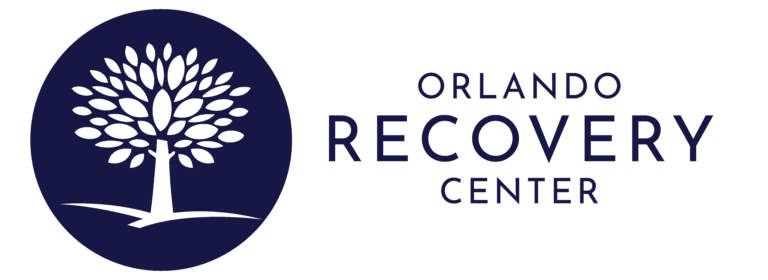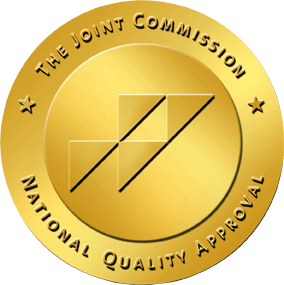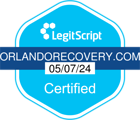When a person has been heavily drinking for years, abruptly quitting can heighten the chance of damaging the heart. Withdrawal from alcohol often brings on unpleasant chest symptoms such as chest pain or pressure, which, left unaddressed, can contribute to more serious complications. Recognizing these symptoms early and getting medical support is key to minimizing the risk of long-term heart problems.
How Does Alcohol Withdrawal Affect the Heart?
Researchers continue to investigate the exact mechanisms behind how alcohol withdrawal harms the heart. What is clear is that people going through withdrawal are vulnerable to specific cardiac complications, which may include:
In severe instances, sudden cardiac death
- A rapid heartbeat
- An irregular heartbeat (arrhythmia)
- Spasms in the heart’s blood vessels
Alcohol Withdrawal and a Fast Heartbeat
A rapid heartbeat frequently occurs as part of alcohol withdrawal syndrome (AWS). This happens because chronic alcohol use alters certain brain chemicals, especially GABA (Gamma-Aminobutyric acid) and glutamate.
Treatment Can Be Life Changing
Whether you are struggling with addiction, mental health or both, our expert team is here to guide you every step of the way. Don’t wait— reach out today to take the first step toward taking control of your life.
- GABA helps calm the brain.
- Glutamate excites the brain.
When a person has been drinking heavily for a long time, alcohol amplifies GABA’s calming influence and makes the brain ultra-sensitive to glutamate. Once drinking stops suddenly, the brain is left with a surplus of glutamate, leading to overstimulation. This can cause various uncomfortable or even dangerous symptoms, one of which is a rapid heartbeat.
Signs of a fast heartbeat may include:
- Chest pain, pressure, or tightness
- Dizziness or feeling lightheaded
- Fainting spells
- The sensation of a pounding heart
- Shortness of breath
Because AWS can become life-threatening, seeking professional help is crucial if you are trying to cut back on drinking or quit altogether. An accredited alcohol rehab facility like Orlando Recovery Center provides the medical supervision and supportive environment needed to safely manage withdrawal and recovery.
Alcohol Withdrawal and Abnormal Heart Rhythms
A sometimes-overlooked concern related to drinking is holiday heart syndrome, where heart rhythm problems often emerge after alcohol use. Although these irregular heartbeats may be brief and resolve on their own in many people, they can occasionally lead to more serious conditions.
Common warning signs of an abnormal heartbeat can include:
- Chest pain, pressure, or constriction
- A sensation that the heart is beating too quickly or too slowly
- Heart palpitations or skipped beats
- Lightheadedness or dizziness
- Excessive sweating
- Shortness of breath
If you experience any of these symptoms, it’s essential to seek medical care right away. Untreated arrhythmias could lead to dangerous complications, such as a stroke.
Alcohol Withdrawal and Arterial Spasms
Research has indicated that alcohol use may prompt spasms in the arteries, the vessels responsible for transporting blood from the heart to the rest of the body. These spasms can be risky because they might restrict blood flow, potentially leading to a heart attack.
Although some individuals do not notice any overt signs, many experience:
- Chest tightness, pain, or pressure
- Discomfort radiating to the left arm, shoulder, jaw, or neck
Because these symptoms mimic those of a heart attack, immediate medical attention is warranted. Prompt treatment can help reduce the likelihood of significant heart damage.
Alcohol Withdrawal and Sudden Cardiac Death
People who engage in long-term, heavy drinking face a greater risk of sudden death compared to the general population. Research suggests that this may be related to conditions such as arrhythmias. Additionally, blood tests have shown that alcohol places stress on the heart, prompting the release of certain chemicals when someone has been drinking heavily.
Scientists have not yet pinpointed the exact reasons behind sudden cardiac death in those with chronic alcohol use, but they believe it is linked to the heart issues associated with excessive alcohol consumption. Continued studies will help clarify the underlying causes.
Get Professional Help
At Orlando Recovery Center Drug and Alcohol Rehab, we offer many alcohol addiction treatment options led by trained medical professionals. Our levels of care include medical detox, inpatient rehabilitation and intensive outpatient programs (IOPs). No matter where you are in your recovery journey, our team will be there every step of the way. Start your admission today.
